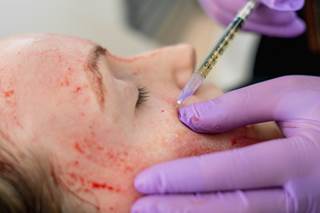Blog
19
Dec
2018
PRP May Reduce Visible Signs of Photoaging in Facial Rejuvenation







